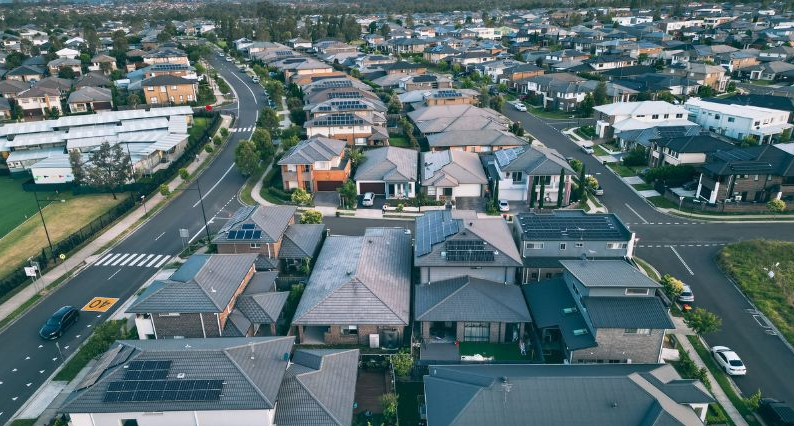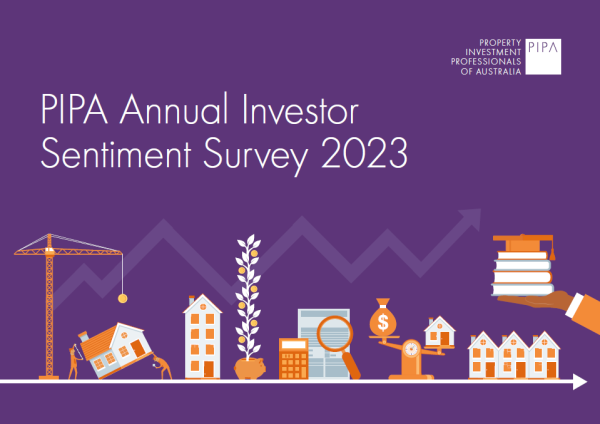To buy or rent? Let’s crunch the numbers
Jan 2021Karen Millers
Categories
Location ReportsMedia releasesNational market updatesPersonal advisersPIPA AdviserPIPA Annual Investor Sentiment SurveysPIPA Member ProfilesPIPA video updatesPIPA webinarsPodcastsProperty advisersProperty newsLatest Articles
Jordan van den Berg: The ‘Robin Hood’ TikToker taking on Australian landlords
Victorian property investors face yet another new property tax as council tests levy
Rentvesting in Australia: A deep dive
‘More chance of winning lotto’ than housing targets being met
Amid the backdrop of unpredictability that is the coronavirus pandemic, one area of the Queensland economy that’s remained remarkably resilience is our property market.
The Sunshine Coast has seen an increase of 3.9 per cent in house prices in the past 12 months, based on the latest figures from the Queensland Market Monitor (September 2020).
And despite the uncertainty of COVID-19, one thing is for sure: home loan interest rates are the lowest in Australia’s history with the official cash rate at 0.1 per cent. With some banks passing on the full rate cut, some home loan interest rates are now starting at as low as 1.83 per cent at the time of writing. According to the recently released Buy Vs Rent Report 2020 by Corelogic, this now means that with the costs of paying down a mortgage across regional Queensland trending lower, loan repayments are now, on average, lower than the costs associated with renting for both houses and units.
This recent trend has been driven by several factors including the lower interest rates but also the fact rents have been rising at a faster pace than values over the past decade.
The median house value across regional Queensland has risen by a modest 2.7 per cent in 10 years while rents are up 20 per cent over the same period. The trend across the unit sector is similar, albeit less pronounced, with the median unit value rising 8.6 per cent over the past decade while the median rental rate for units is 15.6 per cent higher.
With the median vacancy rate across the Sunshine Coast at 0.4 per cent in October 2020, it’s the tightest the region’s rental market has ever been in the past 15 years, according to the REIQ Quarterly Vacancy Report. While rents, on average, have risen by a median of 10 per cent over the past few years, with availability seesawing between tight and relatively healthy conditions, the effects of rental supply and demand in recent months is driving rents higher across the Sunshine Coast.
Because rent is normally a tenant’s biggest living expense, rent levels tend to have a relatively high elasticity of demand – that is, the measure between the change in rental demand and a change in its price due to supply levels. If you’ve ever lined up for big retail discounts on Boxing Day for example, then you’ve seen firsthand the effects of price elasticity in action. This basic economic concept compares the change in demand for products that results from a certain price increase or decrease. When a slight price change creates a major change in demand for a product, it is said to have high elasticity.
Mortgage loan interest rates also affect price elasticity in housing. When interest rates are lower, you can afford a larger loan. This enables you to stretch a bit more on home prices, which means an increased elasticity of demand, which is what we’re seeing across the Sunshine Coast.
Current property market conditions are ripe for property investors as well. Interestingly, the Property Investment Professionals of Australia’s Annual Investor Sentiment Survey 2020 recently revealed 67 per cent of investors are still looking to purchase property, and that Queensland rated highest for investment prospects (36 per cent).
Antonia Mercorella, CEO, Real Estate Institute of Queensland, 1 January 2021




